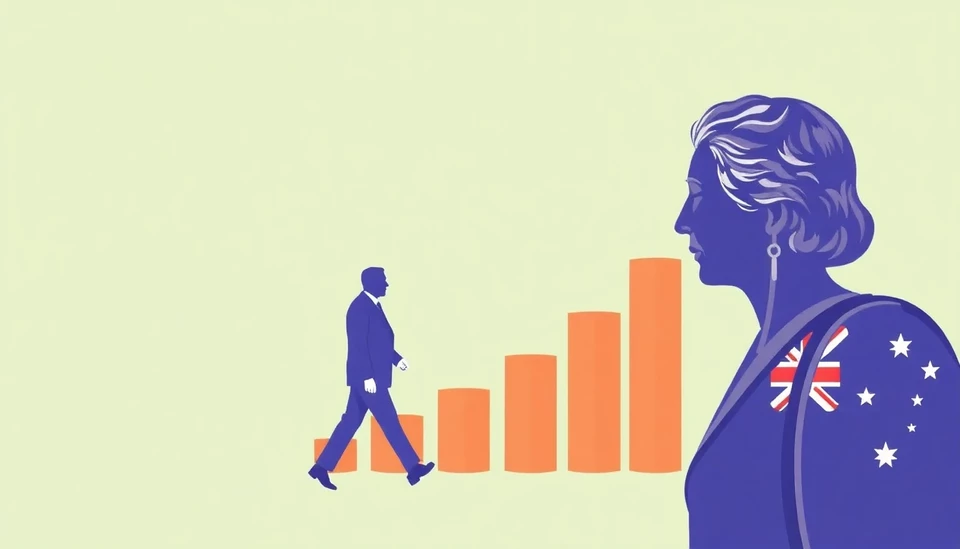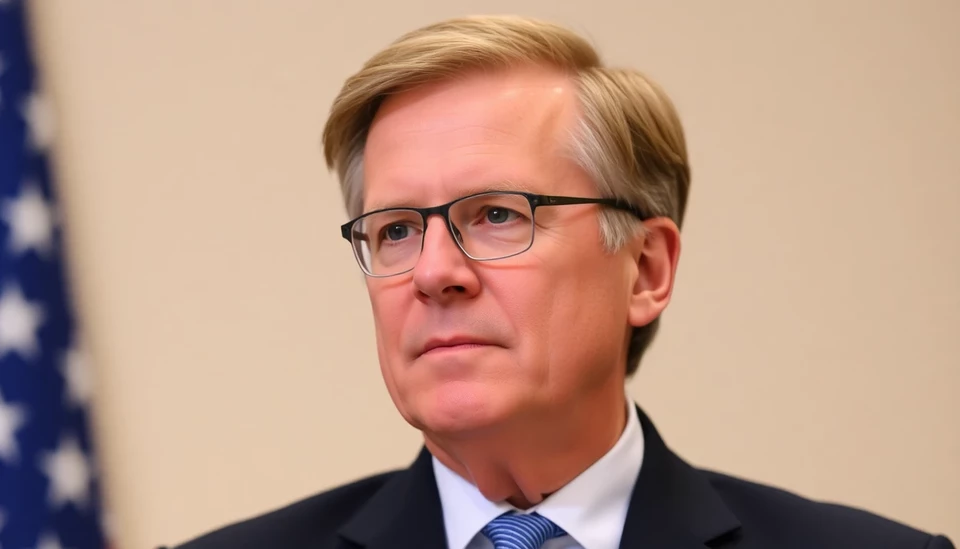
Australia has seen a concerning trend in wage growth, which has now continued to decline, raising alarms within the economic landscape. Recent statistics reveal that annual wage growth has dipped to a new low of 2.9% for the last quarter, a marked decrease from the previous 3.2% recorded. This decline not only impacts the purchasing power of Australians but also serves as a critical indicator for the Reserve Bank of Australia (RBA) as it considers potential monetary policy adjustments.
The latest figures, released by the Australian Bureau of Statistics, suggest that a decrease in wage growth could lead the RBA to reconsider its stance on interest rates. Economic analysts believe that continued stagnation in wages might compel the RBA to implement rate cuts in an effort to stimulate economic activity. The central bank has consistently aimed for a wage growth target of 3% for the economy to maintain its desired inflation levels. However, falling short of this target indicates that the labor market may not be as robust as previously thought.
Experts point to a combination of factors contributing to this slowdown in wage growth. Among these are structural changes in the Australian economy, shifting labor demands, and increased competition from overseas markets. Additionally, a cautious approach by employers amid uncertain economic conditions has resulted in stagnated salary increases, leaving many workers feeling the effects of a tightening labor market. In recent months, the rise of automation and artificial intelligence has also prevented wage growth by altering the demand for various job sectors.
The impact on consumers is profound, as stagnant wages translate to reduced disposable income, leading to decreased consumer spending. Analysts argue that this could create a ripple effect across industries as businesses may face declining revenues due to lower consumer demand. In such scenarios, the RBA might resort to economic stimulus measures, such as slashing interest rates to encourage borrowing and spending, thus aiming to invigorate the economy.
Moreover, market expectations around monetary policy have shifted dramatically in light of the new wage data. Several economists predict that the RBA could soon announce its decision to cut interest rates, with some estimates suggesting a reduction as early as this upcoming board meeting. Such an announcement would not only aim to rekindle economic growth but could also seek to restore confidence among consumers and investors alike.
The findings of the wage growth report stand in stark contrast to the broader economic trends observed in the Australian economy. The unemployment rate has stabilized at 3.5%, reflecting a relatively healthy job market. However, the disconnect between strong employment figures and declining wage growth has left many puzzled. Economists are now debating what these trends mean for the long-term economic outlook of Australia and whether the RBA's monetary policy can adapt effectively to these changes.
As the nation moves forward, all eyes will be on the RBA and its next moves in response to the sluggish wage growth. The central bank must navigate this challenging landscape, weighing the need for interest rate cuts against the potential pitfalls of overstimulating an otherwise viable economy. The subsequent decisions will undoubtedly have significant ramifications for Australian households and businesses, shaping the economic narrative for the foreseeable future.
As stakeholders await further developments, the combination of wage stagnation and potential monetary policy shifts has ignited discussions on the future economic trajectory of Australia.
#AustraliaWages #RBADecisions #EconomicOutlook #WageGrowth #RateCuts #ConsumerSpending #AustralianEconomy #InterestRates
Author: Daniel Foster




